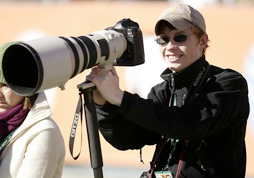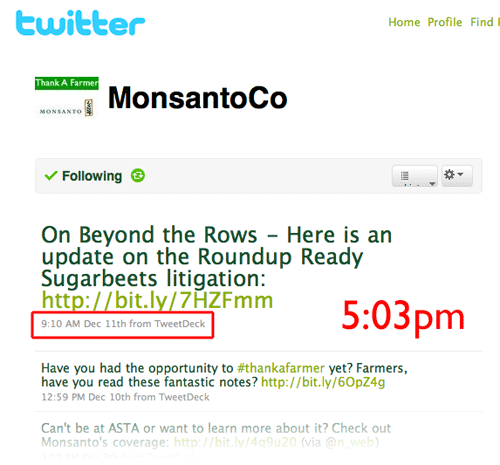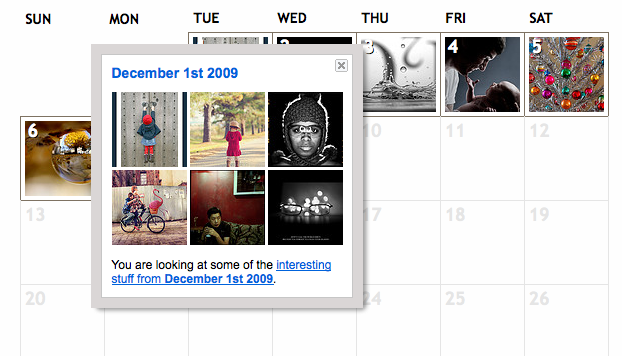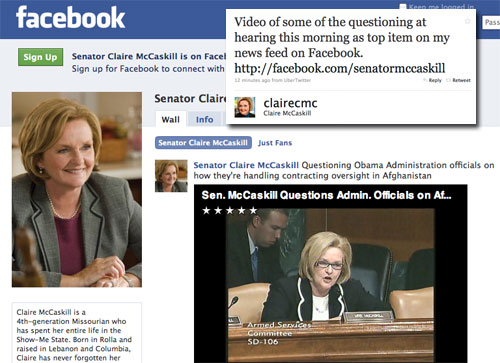The following is from a post by Jeff Jarvis in which he talks about augmented reality and the annotated world and the ever-changing definition of journalism and local news.
“Every address, every building, every business has a story to tell. Visualize your world that way: Look at a restaurant and think about all the data that already swirls around it — its menu, its reviews and ratings and tags (descriptive words), its recipes, its ingredients, its suppliers (and how far away they are, if you care about that sort of thing), its reservation openings, who has been there (according to social applications), who do we know who has been there, its health-department reports, its credit-card data (in aggregate, of course), pictures of its interior, pictures of its food, its wine list, the history of the location, its decibel rating, its news…
And then think how we can annotate that with our own reviews, ratings, photos, videos, social-app check-ins and relationships, news, discussion, calendar entries, orders…. The same can be said of objects, brands — and people.”
His post includes a few videos but this is my favorite:
When I think about the implications of this technology, and what it means for news organizations, I have what I have come to think of as Wile E. Coyote moments. The realization most will never catch the Road Runner (Beep, Beep!) The future –which is here– belongs to small, flightless birds that refuse to play by our cartoon rules.
PS: If you’re satisfied seeing the world through emails and text messages, your BlackBerry will be fine. If you want to augment your reality (and you will), it will be with an iPhone or similar device.




 “Your honor, the defense will stipulate that Senator McCaskill’s Facebook page is in no way an act of journalism and might be self-serving and total horse shit.”
“Your honor, the defense will stipulate that Senator McCaskill’s Facebook page is in no way an act of journalism and might be self-serving and total horse shit.”